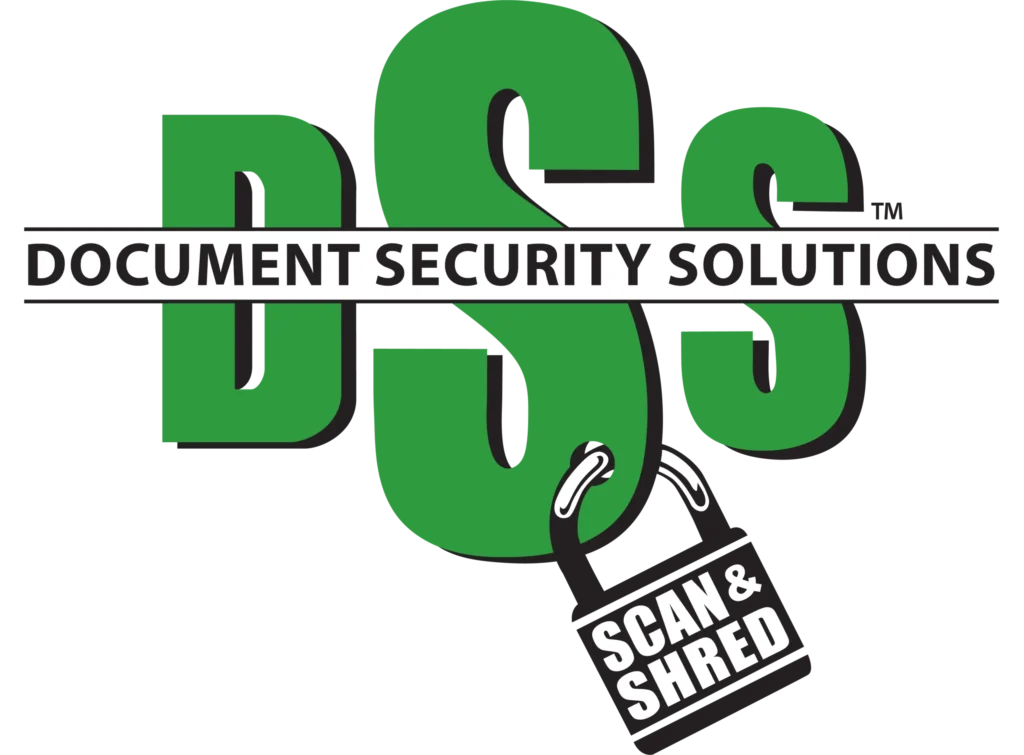The Nature and Impact of Identity Theft

Identity theft can have serious effects on our lives, affecting both our finances and personal well-being. By looking at what identity theft is, its various forms, and its impacts, we can better understand how to protect ourselves.
Defining Identity Theft and Its Types
Identity theft is when someone uses our personal information without permission. This includes our Social Security numbers, credit card details, or bank account numbers. Financial identity theft is one common type where thieves use our information to make purchases or open accounts in our name.
Medical identity theft happens when someone uses our information to receive medical care. Criminal identity theft involves using our identity during encounters with law enforcement. Each type requires different protection strategies.
Consequences of Personal Information Exposure
When our personal information is stolen, it can lead to financial loss and emotional distress. Unauthorized transactions on our credit cards or bank accounts can drain our finances. We might find incorrect charges and need time to sort them out.
Stealing our identity can harm our credit score as well. New accounts may be opened in our name, leading to unexpected debt. Fraud alerts can help, but the process is stressful and time-consuming.
Understanding Synthetic and Criminal Identity Theft
Synthetic identity theft occurs when thieves create new identities using bits of our information combined with fake data. This kind is hard to detect because it doesn’t always affect existing accounts. Our credit history could be affected without us even knowing.
In criminal identity theft, our identity is used during crimes or legal matters. We might face legal issues if authorities mistakenly link us. This can lead to wrongful accusations and legal battles. Remaining aware of these threats helps us take action to secure our personal information.
Common Methods and Targets of Identity Thieves

Identity thieves use both digital and physical tactics to steal personal information, often targeting our online accounts, personal devices, and even our mail or wallets. Let’s explore how these methods threaten our security.
Digital Strategies: Phishing and Hacking
Phishing involves sending fake emails or messages that trick us into giving up sensitive information like passwords or credit card details. These phishing scams often look real, making it easy to mistake them for legitimate requests from trusted companies.
Hackers may also use malware, viruses, and spyware to gain access to our devices. Once in, they can capture personal data and even control our systems. This stolen data may end up on the dark web, where it’s often sold to the highest bidder. It’s crucial to recognize these scams and protect our information by using strong, unique passwords and staying updated on the latest security practices.
Physical Strategies: Skimming and Shoulder Surfing
Identity thieves still find success with physical tactics, like skimming and shoulder surfing. Skimming involves secretly installing a device on ATMs or gas station pumps to copy our credit card details. This information can lead to unauthorized purchases and serious financial stress.
Shoulder surfing is much simpler. Thieves watch us enter PIN codes or passwords in public, waiting for any opportunity to grab our data. Being aware of our surroundings and shielding keypads can help protect us from these threats. Additionally, handling sensitive information like mail cautiously prevents dumpster diving, where thieves search through trash for personal records.
The Role of Public Information and Social Media
Many of us forget that social media and public records can also be treasure troves for identity thieves. Personal details we share online, such as our address, birthdays, or family members, can be pieced together for scams.
We might unwittingly help thieves if our social media and online profiles reveal too much information. Restricting our privacy settings and thinking carefully about what we share can prevent us from becoming easy targets. Even seemingly harmless posts can be used against us, so mindful sharing is key in protecting our identities.
Preventative Measures for Secure Home Environments
Ensuring a secure home environment means taking steps to protect personal data. We need to focus on strengthening personal cybersecurity, safeguarding sensitive documents, and regularly monitoring our information for any signs of identity theft.
Strengthening Personal Cybersecurity
Our online presence requires strong protection. Creating strong passwords is crucial, using a mix of letters, numbers, and symbols. Regular updates for all our devices help patch vulnerabilities.
Enabling two-factor authentication (2FA) adds an additional security layer, making us safer from cybercriminals and hacking attempts. We should use a Virtual Private Network (VPN) when accessing public Wi-Fi to safeguard our home network identity from outsider intrusions. These steps can defend our personal and financial information from online threats.
Protecting Sensitive Documents and Information
Securing physical documents is another layer of defense. We should store important papers, like social security numbers and financial records, in a locked drawer or safe.
Shredding old documents before discarding them prevents identity theft. For digital files, encrypting and using password protection ensures they remain secure. Limiting access to these documents to only family members we trust helps maintain safety. By being vigilant, we guard our sensitive documents effectively.
The Importance of Regular Monitoring and Alerts
Consistent monitoring of our financial transactions is essential. Checking our credit report regularly helps catch errors and suspicious activities early.
We should also set up alerts through banks and financial institutions to get notified of unusual transactions. Identity theft protection services provide additional layers of security, giving us peace of mind with regular updates. These measures allow us to quickly respond to any potential identity theft, maintaining our financial and personal well-being.
Navigating the Aftermath: Response to Identity Theft
Dealing with identity theft involves quick action and understanding the necessary steps. We need to address immediate actions, explore legal measures, and work on financial recovery.
Immediate Steps After Discovering Identity Theft
When we discover identity theft, the first step is to immediately report it to the Federal Trade Commission (FTC) at identitytheft.gov. This creates a record and helps us get a recovery plan. We should also notify our local law enforcement to file a police report.
It’s crucial to closely examine recent transactions on our bank and credit card statements for any unfamiliar charges. If something seems off, contact the institution right away. To prevent further damage, we might consider placing a credit freeze on our accounts. This prevents unauthorized access to our credit reports.
Lastly, using identity theft protection and credit monitoring services can be helpful. These tools can alert us to any suspicious activity and help ensure our privacy.
Legal Recourse and Fraud Alerts
Legal options are available to help us tackle identity theft. We can initiate fraud alerts on our credit reports, making it difficult for thieves to open new accounts in our name. Placing one alert is free, and it notifies creditors to take extra steps before granting credit.
It’s wise to consult with an attorney if we face wrongful charges or legal troubles, like wrongful arrest, due to identity theft. They can guide us through the legal maze and help clear our name.
In some cases, contacting our state’s attorney general or consumer protection office can be valuable. They may have additional resources for dealing with identity theft and its aftermath.
Recovering from Financial Damages
Financial recovery takes time, but there are steps we can take to mend the damage. First, we need to review our credit reports thoroughly. We can get free reports from each of the three major credit bureaus annually at annualcreditreport.com. Identifying errors is key to cleaning our credit histories.
If unauthorized accounts were opened, we should close them immediately. Contacting creditors to dispute these issues is essential. It’s beneficial to write and keep records of all communications.
Working with a financial advisor or credit counselor might also aid us in organizing the recovery process more efficiently. They have the expertise to guide us through rebuilding our financial standing.
Statutory Protection and Victim Support
Identity theft is a widespread issue that affects many areas like finance and healthcare. Laws and resources help protect us and assist victims in finding solutions. It’s important to be aware of our rights and the measures available to safeguard our identities.
Roles of Government Agencies
Government agencies play a crucial role in shielding us from identity theft. The Federal Trade Commission (FTC) is a key player in providing guidelines and helping people report identity theft. They also educate the public about different types of identity theft, such as financial, medical, and tax-related.
Local law enforcement can assist by investigating reported cases. Their role is vital since they help gather evidence and track down perpetrators. Together, these institutions form a network of support and action to tackle identity theft effectively.
Support Resources for Identity Theft Victims
Victims have access to several support resources. The FTC offers tools and steps to reclaim our identity through their website. This platform assists in reporting identity theft and creating a personal recovery plan.
We should also reach out to financial institutions and credit bureaus after theft occurs. These organizations can freeze accounts, helping to prevent further misuse. Community-based resources and hotlines may provide counseling and guidance tailored to our specific needs.
Preventive Legislations and Consumer Rights
Laws are in place to protect our information and rights. The Fair Credit Reporting Act allows us to access our credit reports annually for free, aiding in the early detection of identity theft. This helps us notice any unauthorized entries and take corrective action promptly.
The Identity Theft and Assumption Deterrence Act makes it a federal crime to use someone else’s identity. These laws address various types of identity theft, from synthetic to criminal. By staying informed about our rights, we can use these protections wisely to secure our identities and respond effectively if theft occurs.





